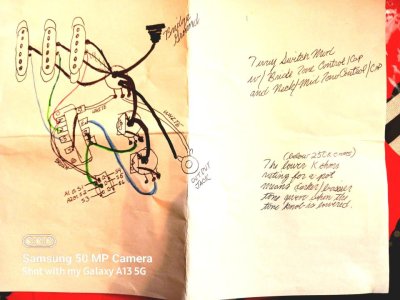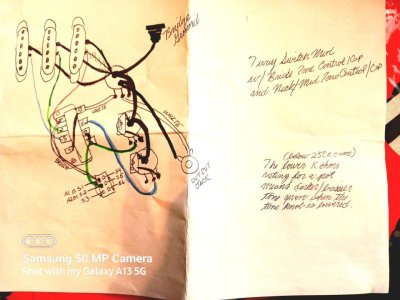Chistopher
malapterurus electricus tonewood instigator
I'd say a 2-way toggle switch would be better for you than a push/push if your only issue is that you can't consistently hit a 3-way toggle without it getting stuck in the middle position.
A push/push is going to be harder to operate than a toggle. With a toggle switch you swing your arm to the switch, with a push/push you swing your arm to the switch and then smack your hand down, plus you can't see which position it's in.
Also if the switch location is the problem, maybe just swap the volume and toggle switch location?
A push/push is going to be harder to operate than a toggle. With a toggle switch you swing your arm to the switch, with a push/push you swing your arm to the switch and then smack your hand down, plus you can't see which position it's in.
Also if the switch location is the problem, maybe just swap the volume and toggle switch location?



